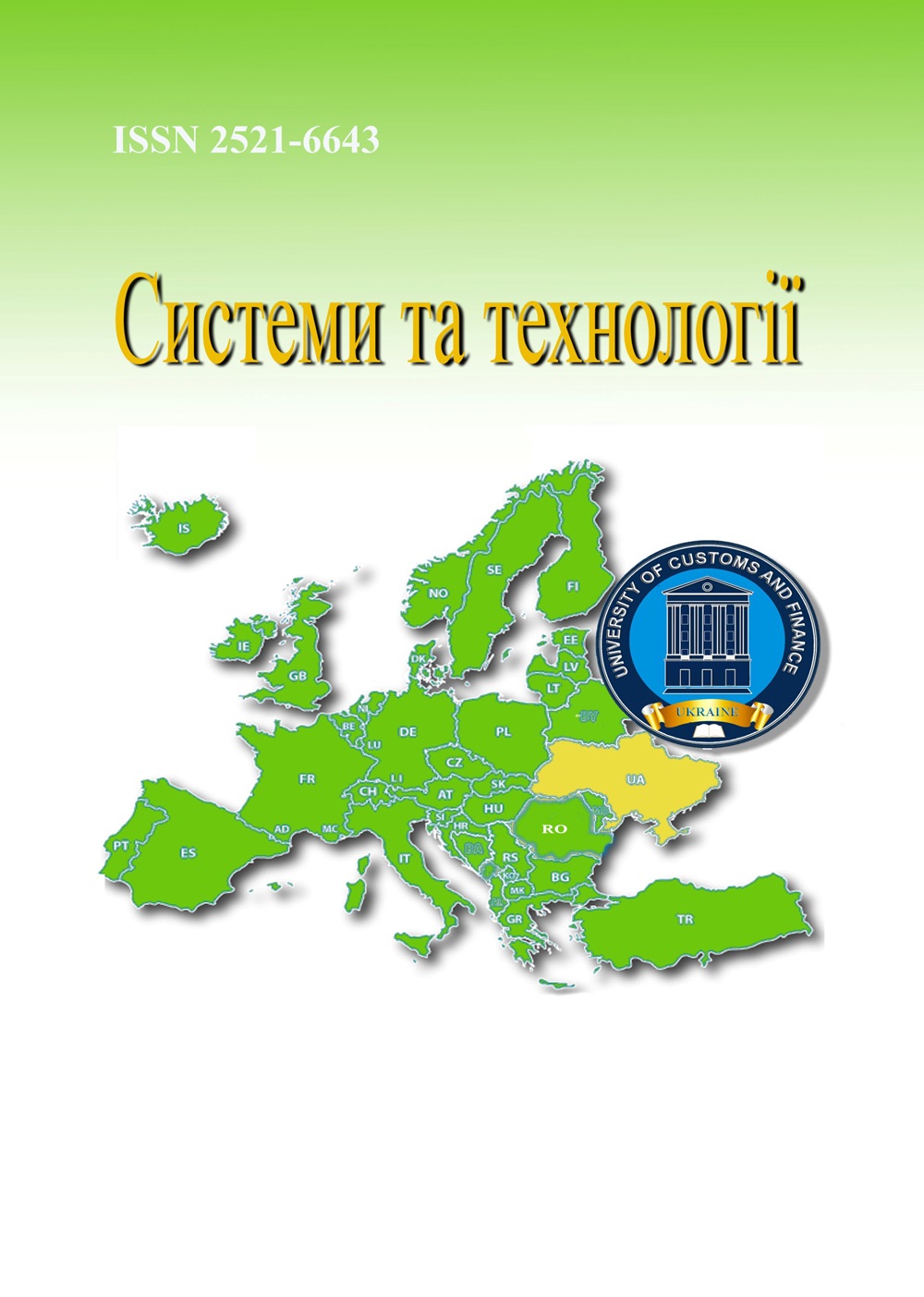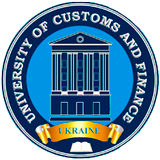METHOD OF INCREASING INFORMATION SECURITY IN COMMUNICATION CHANNELS USING MICROWAVE FILTERS WITH ATTENUATION POLES AT PREDETERMINED FREQUENCIES
Abstract
The article presents a review of studies devoted to the consideration of modern methods of organising the transmission of critical information. The task of protecting information in microwave communication channels is inextricably linked to the problems of electronic compatibility and electronic countermeasures. Microwave filters are an integral part of radio engineering and telecommunication systems, performing frequency selection of signals, suppression of interference, and decoupling of receiving and transmitting paths. Therefore, the improvement of traditional and development of new methods for designing microwave filters in order to improve their functional and mass-dimensional characteristics is an urgent task. The aim of this article is to develop a method for the direct synthesis of stub quasi-elliptical filters with an equal-wave response in the passband and transmission zeros at specified frequencies in the blocking band. The presented method and the proposed relations can serve as a basis for developing a procedure for synthesising bandpass quasi-elliptic loop filters, as well as low-pass filters and bandpass filters implemented on segments of coupled lines. An analysis of the use of two-sectional loops to create zeroes of the filter’s transmission coefficient at given frequencies and the use of Chebyshev functions and algebraic Chebyshev-Markov cosine fractions to approximate its frequency response is carried out A new method for the direct synthesis of quasi-elliptic low-pass filters has been developed, which provides optimal characteristics that fully meet the potential capabilities of filter structures in terms of frequency selectivity. The presented method and the proposed relations can serve as a basis for developing a procedure for synthesising bandpass quasi-elliptic stub filters, as well as low-pass filters and bandpass filters implemented on segments of coupled lines. For stub quasi-elliptic low-pass filters, without the use of prototype filters. The filtering functions for the filter structures composed of single-section and two-section stubs are determined. On the basis of Chebyshev functions and the algebraic Chebyshev-Markov cosine fraction, functions that approximate the filtering functions of the filters are compiled. The methodology for implementing filters and the relations that determine the scattering parameters of filter elements are proposed. The filtering functions and approximation functions for a number of filter structures are compiled. The relations used in the selection of elements from the overall filter structure at the implementation stage are determined. The scientific novelty of the work lies in the development of a new method for synthesising quasi-elliptic low-pass loop filters, which ensures the realisation of optimal amplitude-frequency characteristics due to the full use of the potential capabilities of the synthesised filter structures in terms of frequency selectivity.
References
2. Cameron R.J. Microwave filters for communication systems: fundamentals, design, and applications. Hoboken:/ R.J. Cameron, C.M. Kudsia, R.R. Mansour – New York: Wiley & Sons, Inc., 2007. 771 p.
3. G. Mattaei, L. Young, and E. M. T. Jones, Microwave Filters, Impedance-Matching Networks, and Coupling Structures, Artech House, Norwood, MA, 1980. 1096 р. 4. R. J. Cameron. “Fast generation of Chebychev filter prototypes with asymmetrically-prescribed transmission zeros”. ESA J., vol. 6, pp. 83–95, 1982.
5. R. J. Cameron. “General Coupling Matrix Synthesis Methods for Chebyshev Filtering Functions”. IEEE Trans. Microwave Theory Tech., vol. 47, No.4, pp. 433-442, April 1999.
6. S. Amari. “Direct Synthesis of a New Class of Bandstof Filters”. IEEE Trans. Microwave Theory Tech., vol. 52, No.2, pp. 607-616, February 2004.
7. G. Macchiarella. “Accurate Synthesis of Inline Prototype Filters Using Cascaded Triplet and Quadruplet Sections”. IEEE Trans. Microwave Theory Tech., vol. 50, No.7, pp. 1779-1783, July 2002.
8. C. Quendo, E. Rius, and C. Person. “Narrow Bandpass Filters UsingDual-Behavior Resonators”. IEEE Trans. Microwave Theory Tech., vol. 51, No.3, pp. 734-743, March 2003.
9. C. Quendo, E. Rius, and C. Person. “Narrow Bandpass Filters Using Dual-Behavior Resonators Based on Stepped-Impedance Stubs and Different-Length Stubs”. IEEE Trans. Microwave Theory Tech., vol. 52, No.3, pp. 1034-1043, March 2004.
10. Da-Chiang Chang “Design and Implementation of Filters Using Transfer Functions in the Z Domain”. IEEE Trans. Microwave Theory Tech., vol. 49, No.5, pp. 979-985, May 2001.
11. Da-Chiang Chang and Ching-Wen Hsue “Wide-Band Equal-Ripple Filters in Nonuniform Transmission”. IEEE Trans. Microwave Theory Tech., vol. 50, No. 4, pp. 1114-1117, April 2002.
12. A. V. Oppenheim and R. W. Schafer, Discrete-Time Signal Processing. Englewood Cliffs, NJ: Prentice- Hall., 1989.-893 р.
13. Ming-Iu Lai, Shyh-Kang Jeng “Compact Microstrip Dual-Band Bandpass Filters Design Using Genetic- Algorithm Techniques” IEEE Trans. Microwave Theory Tech., vol. 54, No. 1, pp.160-167, January 2006.
14. Карпуков Л.М. Прямой синтез шлейфных фильтров нижних частот с чебышевской характеристикой / Л.М. Карпуков, Р.Ю. Корольков // Радіоелектроніка. Інформатика. Управління. – 2014. – №1. – С.35-39.

 ISSN
ISSN 




